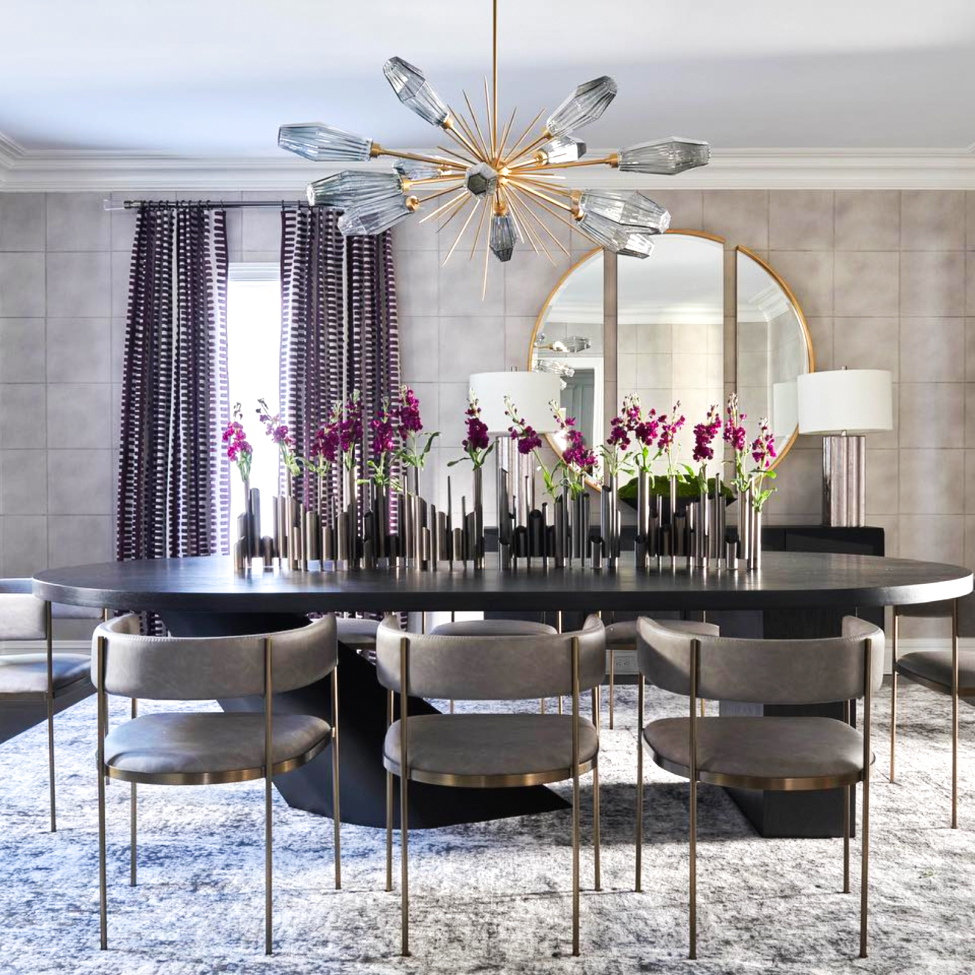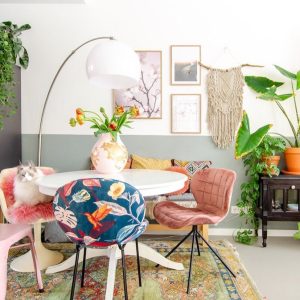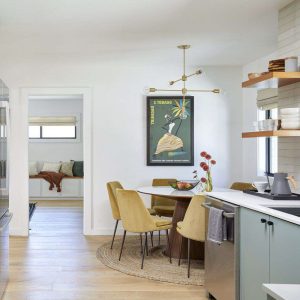Introduction
Light pieces, also known as light fixtures or lamps, are essential components of any modern home or commercial building. They provide the necessary illumination for spaces during day and night, creating an ambiance and a sense of comfort. However, lighting is not only about functionality but also aesthetics. Well-designed light pieces can complement the interior of a room, highlighting the décor and providing a pleasant visual experience. This article explores the different types of light pieces, their functional and aesthetic advantages, and the impact of lighting on our well-being.
Types of Light Pieces
There are many types of light pieces, ranging from simple bulbs to complex chandeliers. Each type has unique features and can serve various purposes.
Bulbs
Bulbs are the most common and basic type of light pieces. They come in various sizes and shapes, including incandescent, fluorescent, and LED. Incandescent bulbs produce a warm yellow light and have a low upfront cost but high energy consumption. Fluorescent bulbs, on the other hand, emit a cool white light and are more energy-efficient. LED bulbs are the most energy-efficient and long-lasting but can be more expensive upfront.
Lamps
Lamps are light pieces that can be moved from place to place or fixed in one spot. They can serve various functions, such as providing ambient or task lighting. Table lamps are designed to sit on tables or desks and can serve as reading or working lights. Floor lamps are taller and can illuminate a whole room or a specific spot. Pendant lamps hang from the ceiling and can create an artistic focal point. Desk lamps are designed to provide focused light for working on a desk or a computer.
Chandeliers
Chandeliers are decorative light fixtures usually hung from the ceiling. They can be made of various materials, such as glass, crystal, metal, or wood. Chandeliers can have multiple light sources and can create a glamorous and opulent ambiance. They are often used in dining rooms, foyers, or ballrooms.
Functional and Aesthetic Advantages of Light Pieces
Light pieces have many functional and aesthetic advantages that make them essential in any building.
Functional Advantages
Light pieces provide essential illumination for spaces during day and night. They make it possible to perform activities in low light conditions and ensure safety and security. Light pieces can also be used to create different moods and atmospheres, such as relaxation, productivity, or romance. They can be adjusted according to the time of day, the season, or the occasion.
Aesthetic Advantages
Light pieces can also enhance the beauty and aesthetics of a space. They can emphasize the architectural features of a building and highlight the decorative elements. Light pieces come in various shapes, sizes, colors, and designs, making it possible to match them with the interior style and theme. Light pieces can create a sense of drama, elegance, or whimsy and can become a focal point of a room.
The Impact of Lighting on Our Well-Being
Lighting has a significant impact on our well-being, both physically and mentally. Natural light is essential for our circadian rhythm, which regulates our sleep-wake cycle. Exposure to natural light during the day and dim light during the evening can promote healthy sleep patterns and reduce the risk of sleep disorders. On the other hand, exposure to artificial light at night can suppress the production of melatonin, a hormone that regulates sleep, and disrupt our circadian rhythm.
Lighting can also affect our mood and productivity. Lack of natural light or exposure to bright, unnatural light can cause eye strain, headaches, and fatigue. On the other hand, exposure to natural light and appropriate levels of artificial light can improve mood, reduce stress, and increase productivity.


